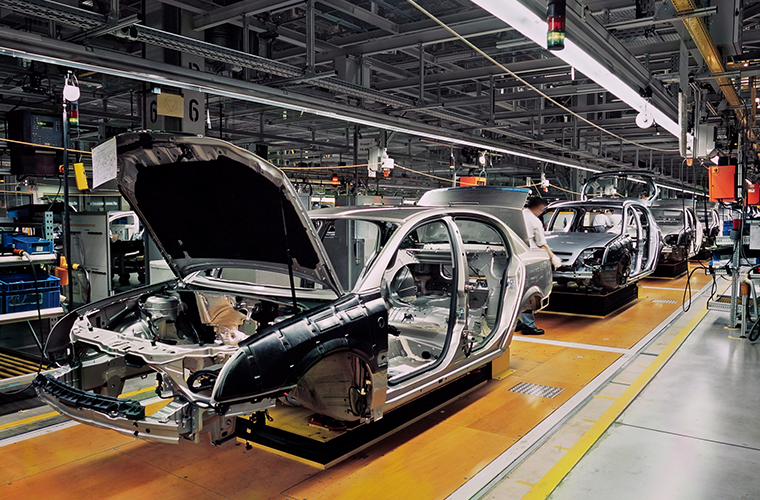This article is written by Mark Welsh, National Employee Benefits Manager.
A little while back I wrote a short piece on the challenges the motor vehicle industry was having in being able to supply vehicles to customers. In the intervening months, very little has changed in this regard. Not only has the motor vehicle industry been ravaged with production issues due to lengthy Covid shutdowns of factories across Asia, Europe, and the United States, but now with many manufacturers looking to bring their plants back up to normal production speeds a lack of semiconductors is now impacting their ability to get vehicles out the door to dealerships and customers.
Unlike years gone by, when a window was opened manually by a winder, or a door opened with a key, technological improvements have been driven in motor vehicles through the extensive use of electronic componentry – particularly semiconductors.
It might be surprising to know that these semiconductors control many aspects of a vehicles operation – from door operations to starting the engine, right up to the sophisticated use of inbuilt satellite navigation and phone connectivity that many of us not only expect – but take for granted in a modern vehicle.
The use of semiconductors has driven the increase of automation in motor vehicles rapidly over recent years, and they are now critical at a very basic operating level. So much so that global shortages of semiconductors are now hindering most brands abilities to bring their production levels back up to speed.
The Covid global pandemic impacted the semiconductor industry in a very similar fashion to many others, with large scale closures of factories across most of the major production organisations – particularly in Asia. This was additionally compounded in Taiwan, one of the worlds largest suppliers, by the worst drought in decades – further impacting on an industry which uses an incredible amount of water in their production. With production capabilities hamstrung, output dropped, and unfortunately most automotive brands generally order their semiconductors on a needs basis, leaving their supply chain with serious issues. It is estimated that these shortages will continue well into the second half of 2022, with many vehicle brands picking and choosing which models to focus production on to maximise the materials available to them.
So, with all of that in mind – what does this mean for people looking to buy cars? I’ll summarise it in two words – PLAN AHEAD. Most brands are seeing vehicles hit Australia in limited numbers and range, and often what is being delivered has been pre-ordered from months ago – so stock in dealerships remains much lower than we are used to as consumers. If you are considering a new vehicle for yourself, or your business, or know you’ll need to replace one in the coming months – don’t leave it till the month before to start looking at this.
Start the planning now. A discussion with Prosperity’s vehicle procurement manager about what you want or need will let you know exactly what to expect in relation to availability, cost, and potential delivery delays. Our team can help you navigate this changing landscape with brand independent advice and of course at the end of the process we can help you to save tax with a novated lease. Let our team help you to find the right car, at the right price, while navigating the turbulent waters of vehicle availability. We’re here to help.
